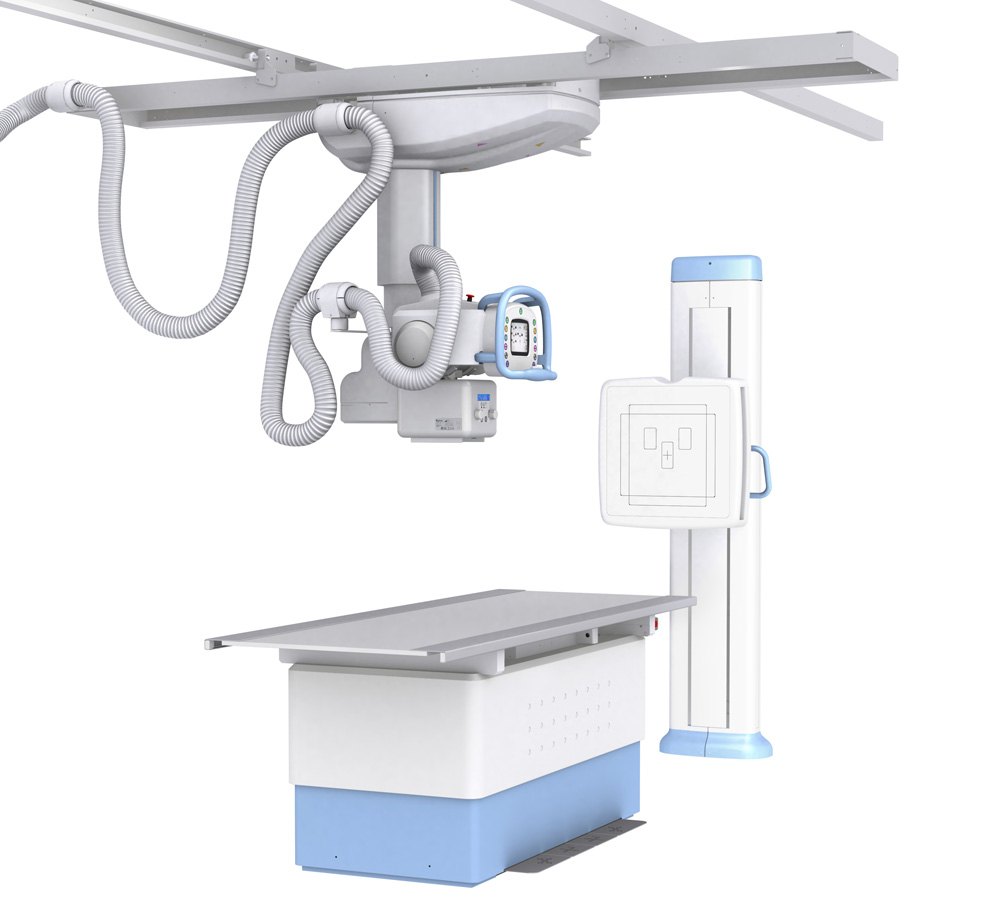The value of medical imaging continues to grow as health care systems transition from quantity-based to value-based care. Information technology in health is on the rise, with the advent of electronic medical records and other innovations changing how radiologists and other physicians manager their patients’ care.
Many practices are shifting how they administer care, choosing to participate in the Meaningful Use program established by the U.S. Centers for Medicare and Medicaid Services. The federal agency, pushing the adoption of EMR software, incentivizes physicians with payments for using the technology in their practice and effectively engaging patients.
 According to Imaging Biz, the Imaging 3.0 initiative created by the American College of Radiology seeks to give radiologists the tools necessary to facilitate the transition to valued care in the medical facility. Much of the provisions on the program are related to IT and the ability to create meaningful data for practical use in the imaging center.
According to Imaging Biz, the Imaging 3.0 initiative created by the American College of Radiology seeks to give radiologists the tools necessary to facilitate the transition to valued care in the medical facility. Much of the provisions on the program are related to IT and the ability to create meaningful data for practical use in the imaging center.
“Practices will need to be able to demonstrate, among other things, what the amount spent on imaging would be for their hospitals, so that when they talk about maintaining quality while reducing costs, everyone understands what that means to the hospital’s bottom line. For hospitals embarking on the volume-to-value transition, other metrics will be critical as well,” said Geraldine McGinty, M.D., M.B.A., chair of the ACR Commission on Economics, quoted by the news source.
Reducing unnecessary costs
The key for radiologists using technologies such as diagnostic imaging to help transitioning health systems is collecting data that facilities can use and trust in their care distribution. Additionally, many centers are looking to cut unnecessary expenses as much as possible. One of the ways imaging can help is by reducing the amount of readmissions that occur, as there are now financial penalties for these occurrences.
For facilities that have PACS in place, vendor neutral archives might be beneficial to decreasing repeated exams. Being able to transmit and receive medical images from disparate systems can allow radiologists to see what exams and procedures have been already been conducted and know which ones to skip when seeing a new patient.
Helping with patient satisfaction
Additionally, radiologists can contribute to reductions in a patient’s length of stay in a medical facility. Working directly with emergency departments, their knowledge can decrease the time spent in the hospital by identifying early appropriate imaging strategies.
“Hospitals know there are multiple moving parts when you’re trying to keep patients happy,” McGinty continued. “For radiologists, contributing to increased patient satisfaction can be an important way to demonstrate value.”
Because of this, radiologists should be working to include themselves as much as possible in patient communication. By improving their ability to engage patients, the quality of care can increase, which could in turn lead to better satisfaction. To meet these growing standards, practices should consider designing and implementing a Web-based portal that allows patients to remain in contact with their radiologists. This open communication can make these imaging specialists more valuable to health systems than ever before, easing their transition to quality-based care.
Contact Viztek for More Information
Ronny Bachrach
Latest posts by Ronny Bachrach (see all)
- Konica Minolta Debuts First-of-Its-Kind Digital U-Arm System at AHRA - July 27, 2016
- Researchers Detect Signs Of Stroke Risk Using MRI - June 27, 2016
- Imaging Biz: Q&A with David S. Channin MD: How to Make PACS Patient Centered - June 22, 2016





